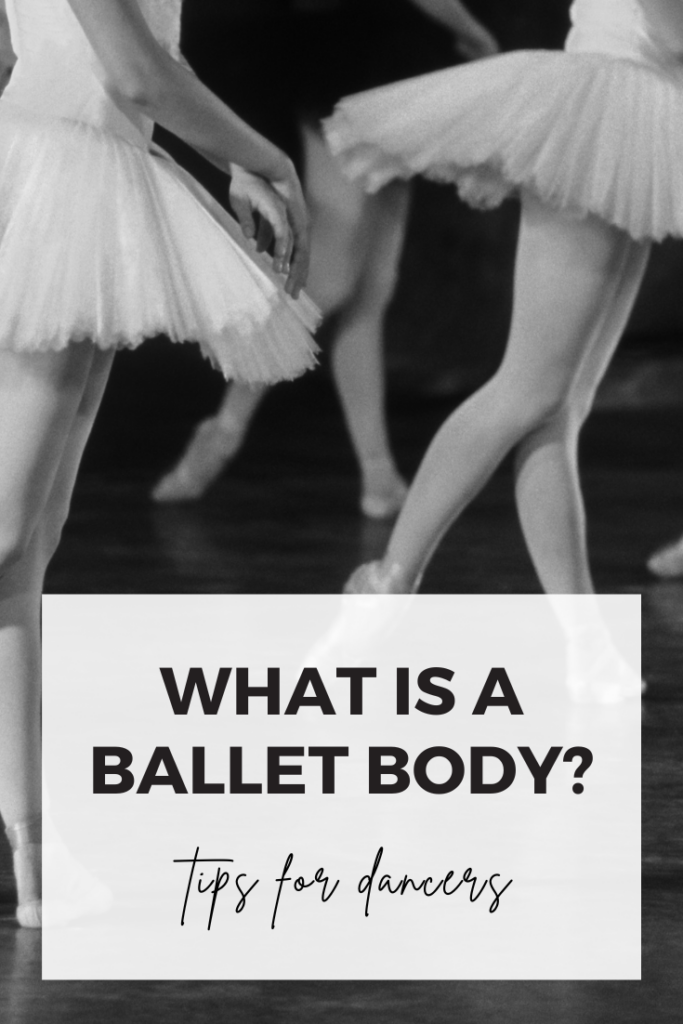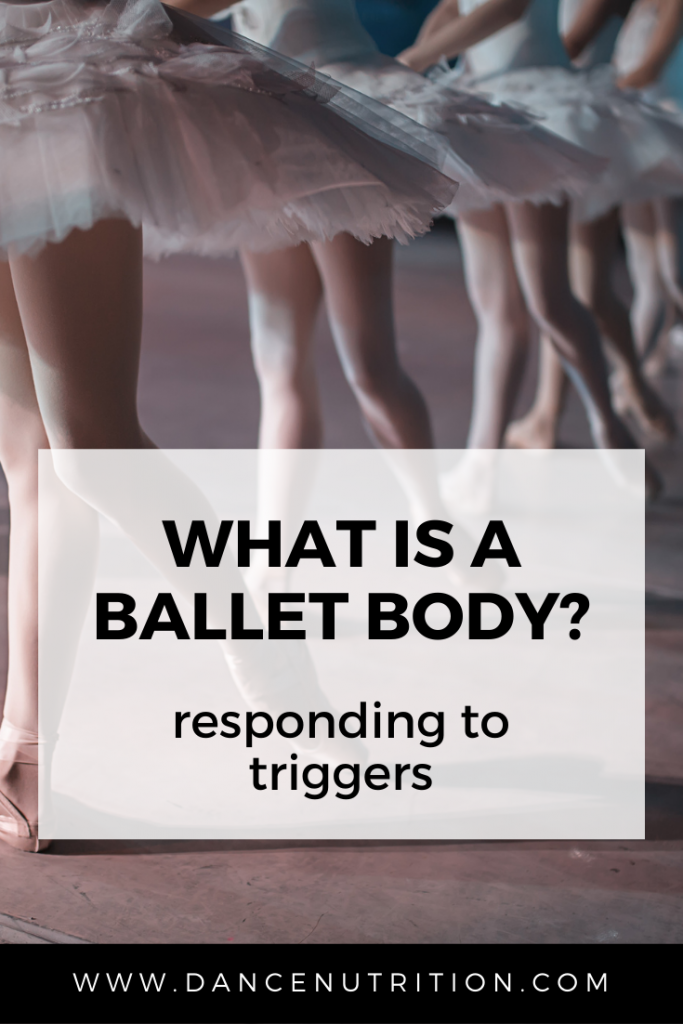For dancers, a presumed “ballet body” formulates what many know to be the “ideal” aesthetic of the art. However, this narrow definition of a “ballet body” creates an exclusionary view of what a dancer should look like. It ignores what is healthy, and rather, embodies a cluster of privileges surrounding diet and weight—thin privilege and privilege to “healthy” and fresh food, just to name a few.
Why do these ideals exist?
Body ideals in dance exist because of biases— preferences, and opinions about what is considered to be “acceptable.” These set the stage for standards that are often harmful, and for most dancers, unattainable without the use of restrictive dieting and/or exhaustive exercise routines.
Are ballet body standards changing?
The industry is challenging these traditional ideals, encouraging dancers to embrace diversity and redefine what it means to have a “ballet body.” Opposition has surfaced with major news outlets reporting on the matter (content warning: triggering weight language). Some high-ranking dancers have also taken to social media to publicly scrutinize companies in hopes of moving away from a single standard. It’s a promising testament to inspire more dancers to speak out against harmful messaging and as I mention here, it often takes a bit of controversy to get a much-needed conversation started.
But amidst this hope lurks some very concerning realities: dancers are still experiencing weight stigma, “fat talks,” and comments in the studio. From measuring body weights to casting around costume sizes, it’s clear that the industry has a long way to go. I’ve recently polled my nearly 46,000 Instagram followers and while most believe that the industry is slowly encouraging more body diversity, many still experience (or know a dancer who has experienced) body shaming in the studio. Side note: an Instagram poll doesn’t replace more validated methods of research, but it’s safe to say that dancers have a higher level of restriction and drive for thinness than the general population, and hence at higher risk for the development of EDs.
“Fat Talks” Need To Stop
Weight comments can take a toll on a dancer’s self-esteem and open doors to a ruthless battle with negative body image. From the commenter’s perspective, it’s crucial to recognize the emotional impact these comments can have on a dancer. Even with years of building body image resilience, weight-related feedback leaves dancers feeling uneased, doubtful, and, well, triggered. Even ideal height and weight charts are largely flawed and harmful for dancers.
Triggers involve experiences, statements, memories, or sensations that cause an intense emotional reaction, which can spiral into a cascade of second-guessing: “Am I enough?” “Is what I’m doing enough?” “How can I do more?” “What do I need to do more?” Since our thoughts directly impact our emotions and behaviors, even just one comment can lead a dancer to behaviors that limit their performance potential.
The bottom line: weight-related comments and feedback are inappropriate.
Weight Complements Also Need to Stop
Many don’t perceive weight complements as being problematic. With so much emphasis on health being associated with weight loss, it’s often second nature to perceive a dancer’s recent weight loss as “a good thing.”
However, weight loss is oftentimes NOT correlated to better health. First, weight loss can be evidence of sickness and more serious underlying medical conditions. Methods to lose weight, particularly restrictive dieting, and compulsive exercise, are known contributors to a dancer’s risk of an eating disorder. Complements can reinforce these dangerous behaviors. Learn more about the realities of weight loss for dancers here.
Shifting Perspectives: Redefine The Ballet Body
Dancers and choreographers must break away from the confines of these conventional expectations, recognizing that talent and artistry are not limited to a specific body type. This means embracing the diversity of body shapes and sizes within the dance community.
In a recent Dance Magazine article in which I shared my insights, Garnett Henderson says “For body standards to meaningfully evolve, directors must take an active stance and cast dancers who break the current mold.” What might need to happen first is a shift in leadership. For The Healthy Dancer®, this means shifting the emphasis on skill, expression, and the joy of movement, rather than adhering to a predetermined aesthetic.
What Can Dancers Do?
For the dancers on the receiving end of weight-related comments, it’s crucial to know that your worth is not determined by your weight. Also, a healthy weight for dancers is determined by many factors that lie outside the realm of what is controllable.
Our thoughts, emotions, and experiences each play a role in how we feel about our bodies. Learning to appreciate your unique attributes and understand that your body is both your vehicle through life and your instrument on stage.
When it comes to external comments and triggers, we might not be immune to them— but we can build resilience against them. Tools like body image resilience help dancers do exactly that.
In redefining the ballet body, educate those around you about the harmful effects of weight-related comments. You might explain that comments about your weight don’t make you feel good or empowered, especially with all of the work you’re doing to heal your relationship with food. By raising awareness, you contribute to creating a more inclusive and respectful environment.
What can educators do?
Foster environments that value diversity and inclusivity. Offer nutrition education (such as with workshops) and mindset-support training programs with licensed dietitians and therapists. Institutions, schools, and companies can contribute to reshaping the narrative around the ballet body. Click here to learn more about reducing the risk of disordered eating in your studio.




